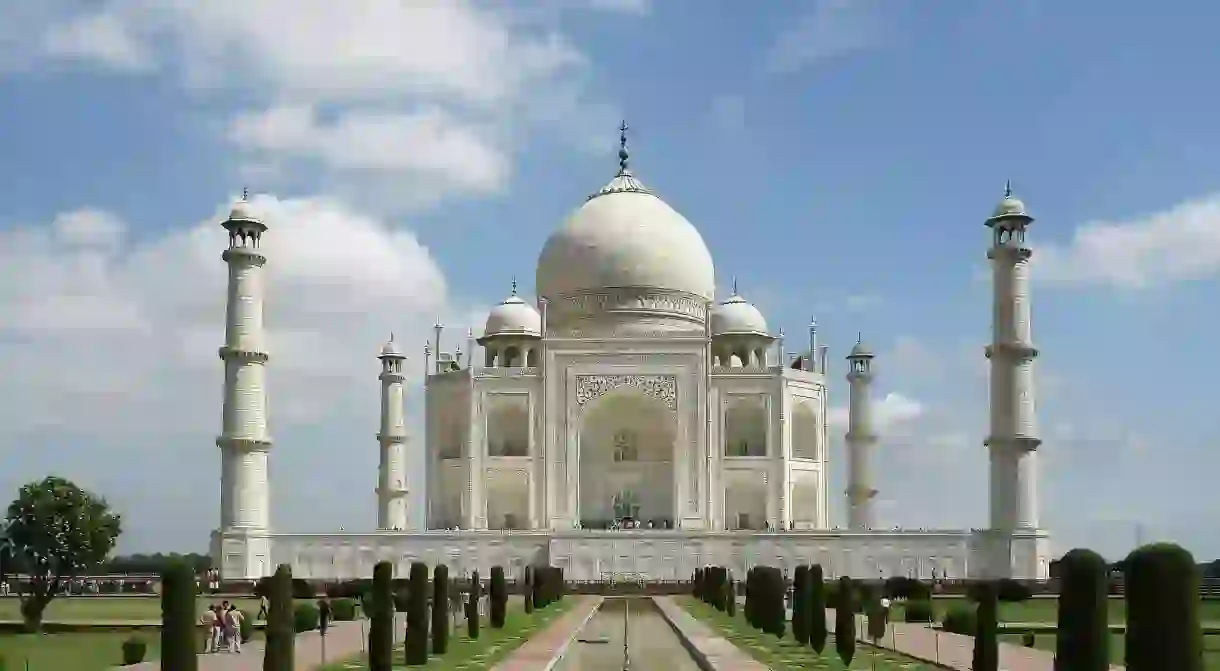India to Seek Foreign Help as Taj Mahal Changes Colour

The changing colours of India’s beloved Taj Mahal has the country’s Supreme Court in panic. The white marble exterior of the 17th-century mausoleum is turning brown and green and the government has now been directed to seek foreign help for remedial measures.
Why is the Taj Mahal losing its charm?
The change in colour has been attributed to pollution, construction activities near the monument and deposition of insect dung.
The rampant urbanisation of the area near the Taj Mahal in the late 1990s and early 2000s gave incentive for several factories to crop up. Following this, corruption and inefficient implementation of pollution norms led to the contamination of the surrounding air and water bodies, hence, resulting in the Taj Mahal’s now yellowish exterior.
The fight for the preservation of the mausoleum – one of the Seven Wonders of the World – has been raging for around a decade. One such has been the crusade of environmentalist M.C. Mehta. In a recent petition filed by him, the Taj Mahal has been observed to have discoloured further into a brown and green tinge. These observations were substantiated with photographic evidence of the stains. According to reports, the cause has been attributed to the large-scale fecal deposit of the insect Chironomus Calligraphus (Geoldichironomus).
The Supreme Court bench, comprising Justices Madan B Lokur and Deepak Gupta, reprimanded local and national governments for the neglect of the monument, saying, ‘It is very serious. We don’t know whether you have or perhaps don’t have the expertise. Even if you have the expertise, you are not utilising it. Or perhaps you don’t care. It seems you are helpless. It has to be saved. You can get help from experts from outside to assess the damage done and restore it’. The apex court has instructed the Indian Government to approach international experts to determine the extent of the damage and take steps to eliminate the problem.
In the last hearing, which was held on December 9, 2017, the bench had called for an action plan with a futuristic vision to protect the Taj Mahal. ‘A larger and broader perspective of the entire scenario should be taken into account by the state government and the stakeholders should sit together and come out with ways on how to preserve and protect the monument for the future generations’, said the judges.
The next hearing is scheduled for May 9, 2018.













